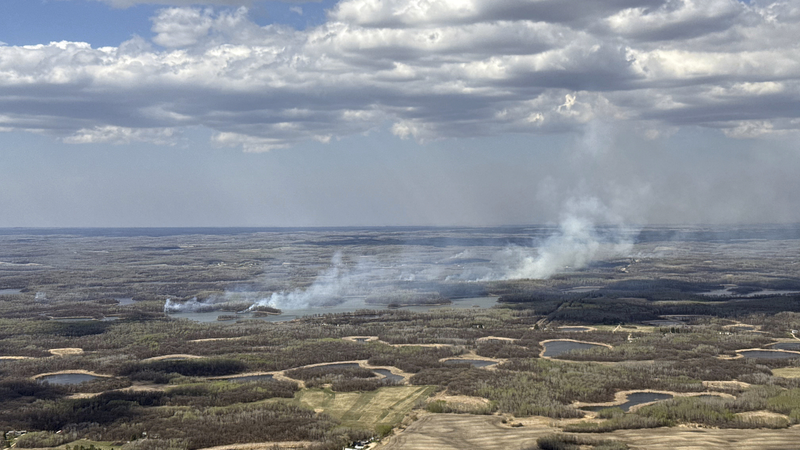Blazing Start to Spring
Over the past week, at least 16 wildfires have erupted across North Dakota, stretching from prairie grasslands to the wooded slopes of the Turtle Mountain Reservation near the Canadian border. Crews are racing against time and wind to contain the blazes, which are fueled by dry, breezy conditions ahead of the spring green-up.
Dry Spell Intensifies Drought
A recent US Drought Monitor map shows that much of North Dakota is experiencing drought, with western regions in severe or extreme drought. Without the moisture of the upcoming spring, fire lines are harder to hold, and smoke can travel miles, impacting air quality in nearby towns.
Community on the Frontlines
Local residents and volunteers have joined firefighters to protect homes and livestock. Some have set up community cooling centers for those displaced by evacuations. Meanwhile, wildlife groups are monitoring the impact on local flora and fauna, as spring nesting season approaches.
Global Context: A Warming Planet
Scientists link an uptick in early-season wildfires to rising global temperatures and changing precipitation patterns. As climate change alters the landscape, regions like the Northern Plains face new challenges in managing natural resources and safeguarding communities.
Resilience and Recovery
Experts stress the importance of long-term solutions: investing in controlled burns, modernizing firefighting tech, and strengthening community preparedness. For North Dakota’s young entrepreneurs and activists, there’s an emerging opportunity to develop sustainable tools and platforms to predict and prevent future fires.
Have you experienced early-season wildfires where you live? Share your story using #Wildfires2024 and join the conversation on global climate resilience.
Reference(s):
cgtn.com




